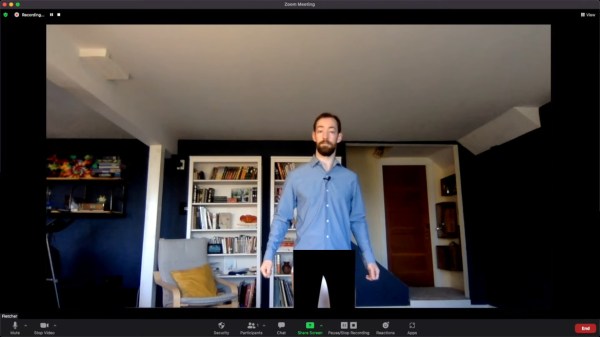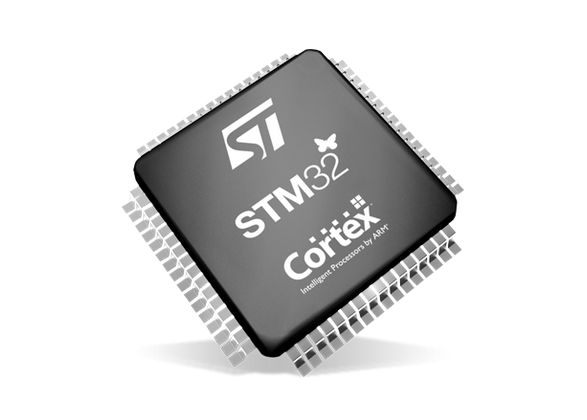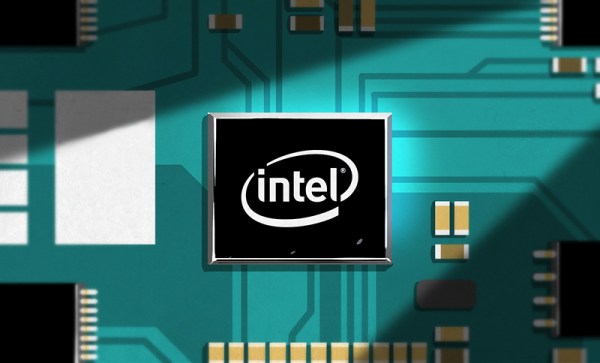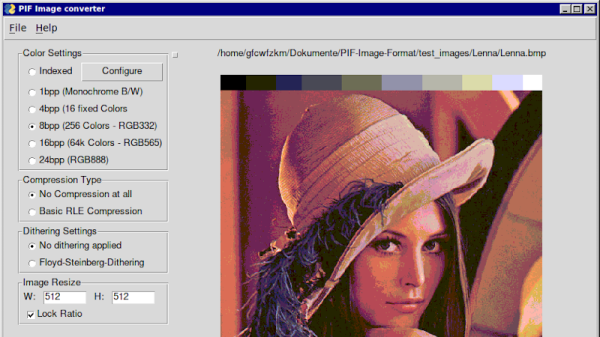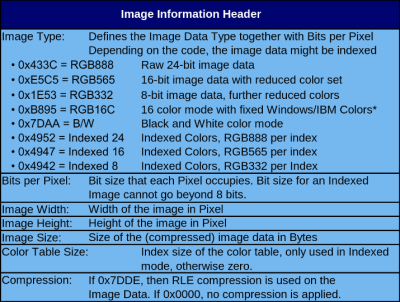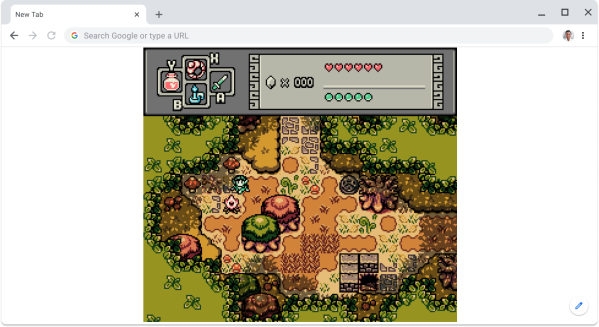With so many of us working from home over the last two years, it’s really become apparent that people generally dislike sitting all day with pants on. Until such a utopian time when all clothing is considered unisex, and just as many men as women are kicking it in loose, flowing skirts and dresses, you may want to remember to actually wear something on your lower half, uncomfortable though pants may be. But there is another way — you could build [Everything Is Hacked]’s pants filter and continue to be a chaos agent. Check out the video after the break.

That’s right, whether you forego or just forget to dress yourself below the equator, the pants filter has you covered. It works like you might expect — machine learning tracks body landmarks and posture to figure out where your NSFW region is and keep it under wraps.
By default, it blurs everything below the belt, or you can draw on pants if you’re inclined to be in revealing tighty-whities and prefer more coverage. You can adjust the width of the pants to cover the covid-19 you may have put on since 2020, and even change the pants to match your shirt.
We love that [Everything Is Hacked] had the um, gumption to test the pants filter in public at what appears to be a local taco joint. After the first few rounds of weird looks, he switched to a pants moustache to save face.
Want to add even more fun to those boring video calls? Try connecting up some vintage hardware, or install a pull chain to end those sessions with a gesture that won’t get you fired.
Continue reading “Why Get Dressed When There Are Software Pants?”

